#Greco-Roman Art
Explore tagged Tumblr posts
Text


Pergamonmuseum; The Panorama, Berlin
26 notes
·
View notes
Text
IM WRITING A PAPER ON GRECO ROMAN IMPACT ON JEWISH ART AND I FOUND SOMETHING I NEED IN A PHOTO I TOOK IN PERSON AND IM LITERALLY AT THE HEIGHT OF SCHOLARLY ACHIEVEMENT AND IVE NEVER EVEN PUBLISHED ANYTHING
#I CAN CITE MYSELF YOU GUYS#who knew figuring something out by yourself you bring you SO MUCH JOY#i am a scholar#I am officially an academic#writing papers#Jewish Art#Greco-Roman Art#art history#archaeology
82 notes
·
View notes
Text



In the Department of Antiquities of the Louvre is a strange object: a carved dial where 12 Roman gods and 12 signs of the zodiac answer each other. This circular work, one meter in diameter and carved in pale marble, was sculpted under the Roman Empire around the second century A.D. It was discovered in the town of Gabies, a place located east of Rome, at the end of the 18th century.
It shows Jupiter, Minerva, Apollo, Juno, Neptune, Vulcan, Mercury, Ceres, Vesta, Diana, Mars and Venus. And each of these 12 heads is associated with one of the 12 signs of the zodiac, engraved in frieze on the circumference of the disc. Jupiter is thus associated with the sign of Taurus, the head of Apollo is next to the sign of Pisces, Venus refers to the doubled figure of Gemini, etc.
But beyond its ornamental aspect, what was the purpose of this object ? The most credible hypothesis is that it was a sundial. The 12 astrological signs and the 12 gods would correspond to the 12 hours of the day. The sculpture would then prefigure, in an anachronistic way, a kind of illustrated clock, an astrological and mythological watch.
[Text : FranceCulture - Photos : Louvre Collections]
52 notes
·
View notes
Text




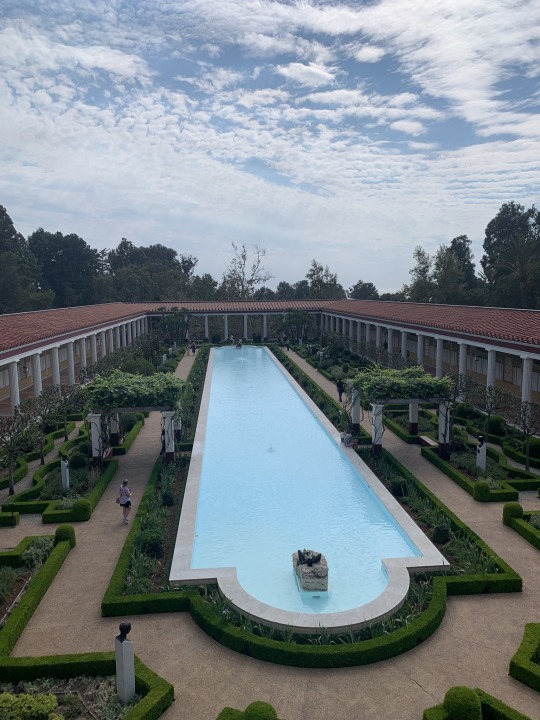

The Getty, Los Angeles. Lots of Greek/Roman sculptures.
0 notes
Text










Greco-Roman Art with a modern twist

0 notes
Text



Details from the painting Medea meditating on killing her children (1852), by Bezzuoli.
#art#artworks#artwork#paintings#painting#art history#romantic movement#romanticism#the romantics#romantic art#neoclassicism#neoclassical art#italian artists#italian painters#bezzuoli#ancient greece#ancient rome#greco roman mythology#greek mythology#roman mythology#mythology#jason and the golden fleece#jason and the argonauts#jason and medea#medea#femme fatale#feminism#feminist icon#witches#witchcraft
2K notes
·
View notes
Text

Victor Lagye, "Temple Dancers" (1888)
0 notes
Text




~ Oracle statue of Aphrodite Arsinoe II.
Period: Hadrian; Greco-Roman Period
Place of origin: Egypt
Medium: Dolomite
#ancient#ancient art#history#museum#archeology#ancient egypt#ancient sculpture#ancient history#roman#archaeology#egypt#egyptology#Egyptian#ancient roman#oracle#aphrodite#Aphrodite Arsinoe II#hadrian#Greco-Roman#dolomite
712 notes
·
View notes
Text

Statue of Isis [KHM, Vienna]
Roman Emprie, 2nd century CE
MEDIUM Marble [black and white] (hight: 130cm)
ACCESSION NUMBER I 158
Kunsthistorisches Museum Wien
This Greco-Roman statue of Isis sculpted in black and white marble shows the Ancient Egyptian Goddess in a robe typical for her Greco-Roman peers. The material of her dress and head covering is modelled in a typical Hellenistic fashion with great attention and detail paid to the pleating and flow of it. Strong and somewhat asymmetrical rhythm of the pleats creates a dramatic effect and makes the statue more lifelike.
The deity can be identified as Isis thanks to the attributes she is holding: a jag and a handle of now damaged musical instrument. The small vessel was meant to be understood as holding water from Nile river, thus pointing towards Isis's origins and reminding the viewer where the great goddess came from.
Isis' cult has spread out of the Hellenistic Egypt and throughout the ancient world. The Egyptian Goddess was also one of the most popular deities worshipped in the whole Roman empire.

Iris. Capitole 1859 James Anderson (British, 1813 - 1877) Photograph of a Roman statue of the Egyptian goddess, Isis.
getty
70 notes
·
View notes
Text

I HAD PROMISED I'D DRAW FANART OF @rocknpebbles REDESIGNS OF THESE TWO, and I finally found the time to do it!!!
#one piece#sanji#usopp#god usopp#black leg sanji#sniper king usopp#me art#THIS WAS SO FUN SORRY IT TOOK SO LONG#also op idk if Usopp's vaguely greco-roman gladiator warrior vibe was intentional bc of his namesake being Aesop and stuff but#I am greek and it makes me really happy like!!! this is how afrogreek usopp can still win.#I added a kabuto beetle on the brooch I had to
842 notes
·
View notes
Text



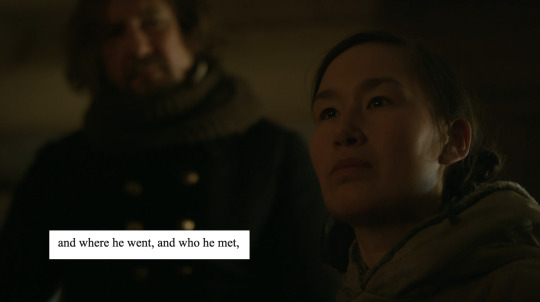


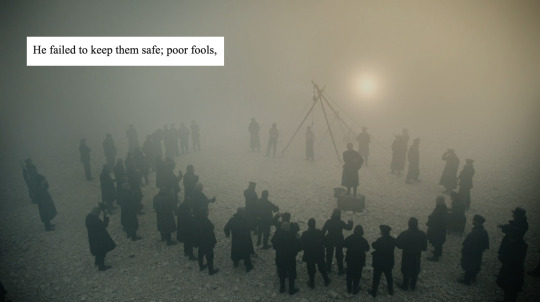
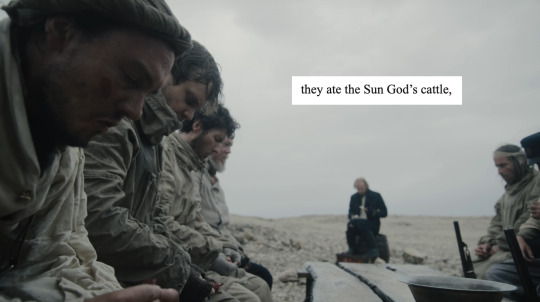



the terror (2018) // the odyssey, trans. emily wilson
#the terror#the terror amc#francis crozier#continuing my saga of greco-roman classics x poor quality terror screenshots#'ohhhhh a liberal arts degree has no utility' What's This Then Motherfucker.
2K notes
·
View notes
Text
2,000-Year-Old Fayum Portraits from Roman Egypt: also known as "mummy portraits," these funerary paintings were often fastened to the coffins of the people they depicted

Above: Fayum portrait of a woman from Roman-occupied Egypt, c.100-110 CE
Fayum portraiture was a popular funerary practice among the upper-class families of Roman Egypt from about 50 CE to 250 CE. Given the high mortality rates for children during this period, many of these portraits depict children and youths, but adults were often featured, too.
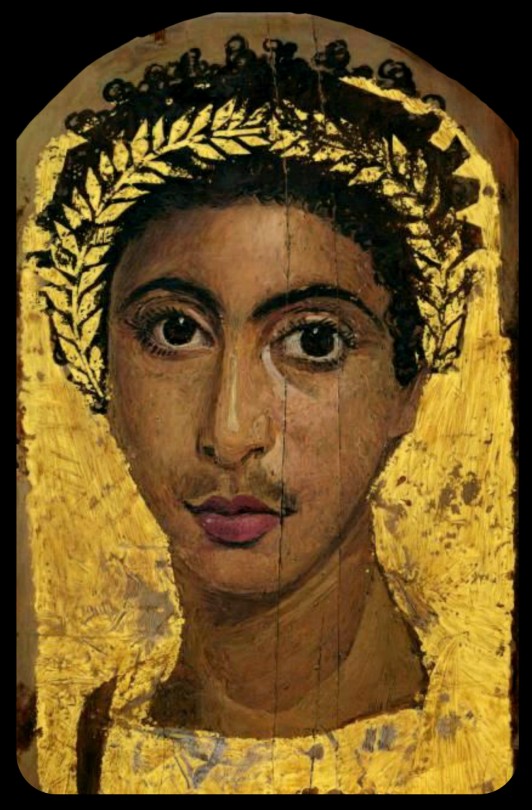
Above: portrait of a youth wearing a golden wreath, c.130-150 CE; the wreath and the background of the portrait are both gilded
The population of the Faiyum Delta, where most of these portraits were found, largely contained individuals with both native Egyptian/North African and Greek heritage. The Greek lineages can be traced back to the Ptolemaic period, when the Greeks gained control of Egypt and began to establish settlements throughout the region, gradually leading to a cultural diffusion between the Greek and Egyptian populations. The Romans eventually took control of Egypt in 31 CE, absorbing it into the Roman Empire and colonizing much of North Africa, but the demographics of the Faiyum Delta remained largely unchanged.

Above: portrait of a man with a mole on his nose, c.130-150 CE
Many of these Fayum portraits reflect the same blend of ethnic and cultural roots, depicting individuals with both Greek and native Egyptian heritage (a claim that is supported by both archaeological and genetic evidence). Some portraits may also depict native Egyptians who did not have any European ancestry, but had been integrated into Greco-Roman society.

Above: portrait of a bearded man, c.170-180 CE
These representations of native Egyptians provide us with unique insights into the actual demographics of Roman-occupied Egypt (and the ancient world at large). Non-European peoples are rarely included in depictions of the classical world; it's also interesting to see the blend of cultural elements that these portraits represent.
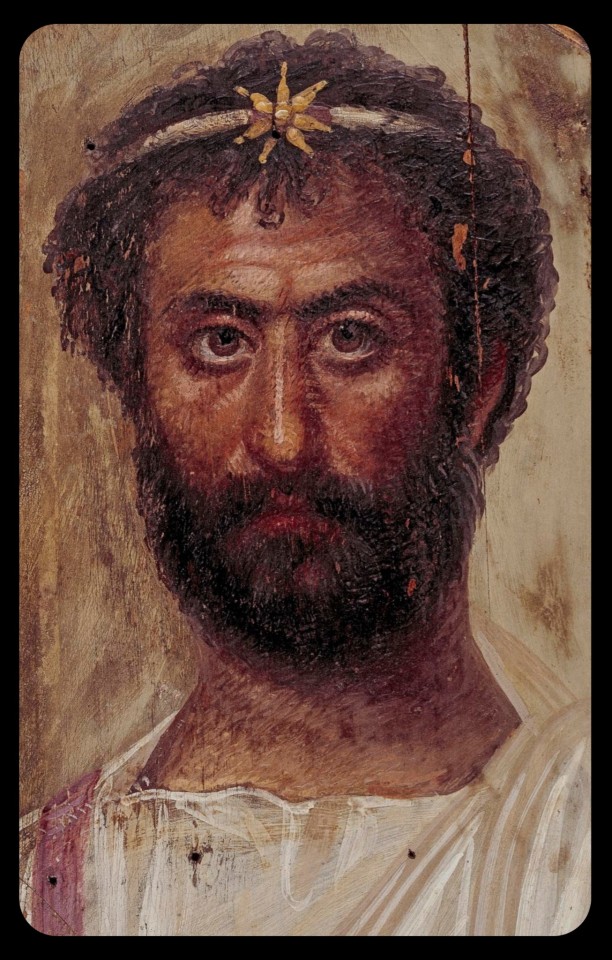
Above: portrait of a priest of Serapis, c.140-160 CE; the man in this portrait is shown wearing a fillet/crown that bears the seven-pointed star of the Greco-Egyptian god, Serapis
As this article explains:
In the 1800s and early 1900s, Western art historians didn’t know what to make of these portraits. Scholars of Roman history labeled them Egyptian. Scholars of Egyptian history labeled them Greco-Roman. These binary academic classifications failed to capture the true complexity of the ancient (or, indeed, modern) Mediterranean. In reality, Fayum portraits are a syncretic form, merging Egyptian and Greco-Roman art and funerary practices. They reflect the cosmopolitanism of both Roman and Egyptian history.

Above: portrait of a man, c.80-100 CE (left); portrait of a bearded officer, sometimes referred to as "Perseus," c.130-175 CE (right)
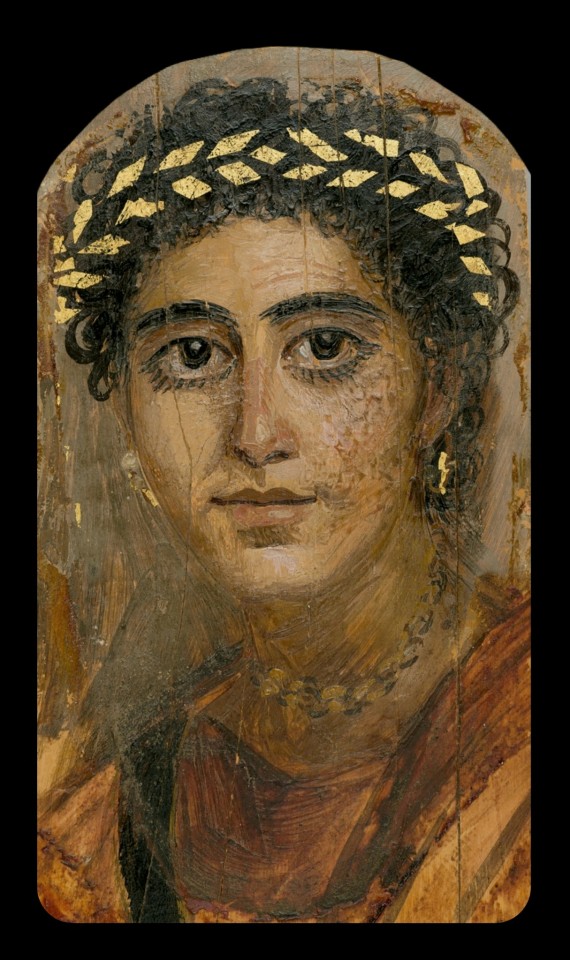
Above: portrait of a young woman in red, c.90-120 CE
Nearly 1,000 of these portraits are currently known to exist.
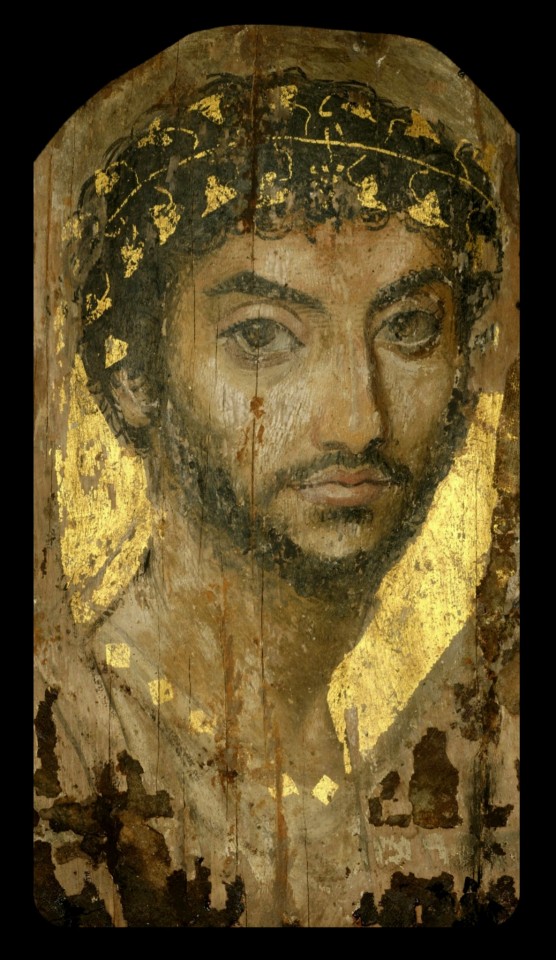
Above: portrait of a man wearing a gilded ivy wreath, c.100-150 CE
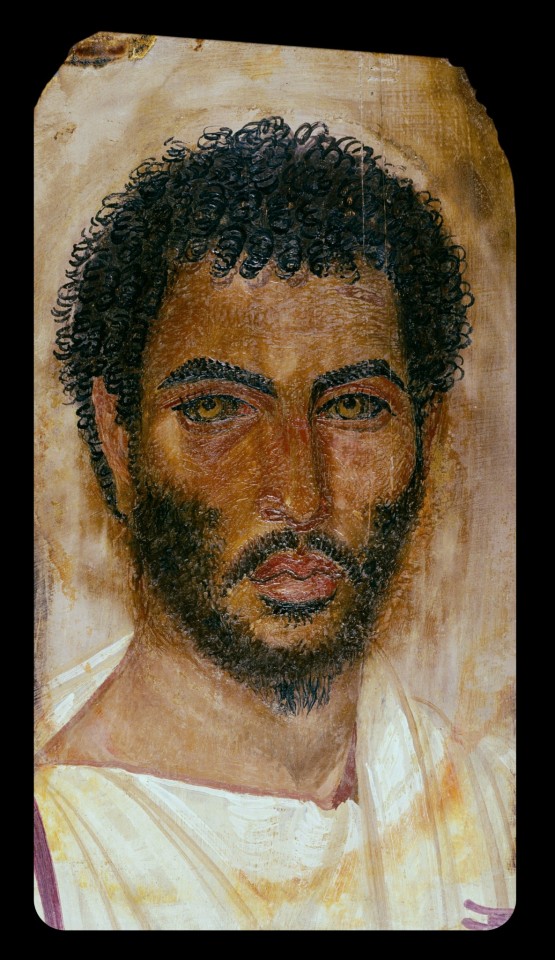
Above: portrait of a bearded man, c.150-170 CE
Sources & More Info:
Curationist: Fayum Portraits
Harvard Art Museums: Giving the Dead their Due: an Exhibition Re-Examines Funerary Portraits from Roman Egypt
Getty Museum: APPEAR Project
Getty Museum: Faces of Roman Egypt
National Geographic: Ancient Egypt's Stunning, Lifelike Mummy Portraits
The Athens Centre: The Myth of Whiteness in Classical Sculpture
Forbes: Whitewashing Ancient Statues: Whiteness, Racism and Color in the Ancient World
#archaeology#artifact#anthropology#history#ancient history#art#fayum portraits#roman egypt#ancient rome#ethnography#painting#portrait#north africa#people of color#egypt#religion#greco roman#greek#classical antiquity#fayum#mummy portraits#romano egyptian#representation
417 notes
·
View notes
Text

commission of my oc nia
187 notes
·
View notes
Text

Apollo and the Sun Chariot by Pinckney Marcius-Simons
#apollo#sun#chariot#art#pinckney marcius simons#symbolism#symbolist#greco roman mythology#classical mythology#roman mythology#greek mythology#europe#european#gods#religious art#religion#chariots#horses#city#landscape
258 notes
·
View notes
Text



quick kars sketch
#jjba#jojo's bizarre adventure#jojo no kimyou na bouken#jjba fanart#jojo fanart#sdashq#jojo kars#jjba kars#kars#kars jjba#kars jojo#jjba part 2#jjba battle tendency#jjba villains#ancient history#greek history#roman history#greco roman#artists on tumblr#digital artist#jjba art#jjba fan art
53 notes
·
View notes
Text
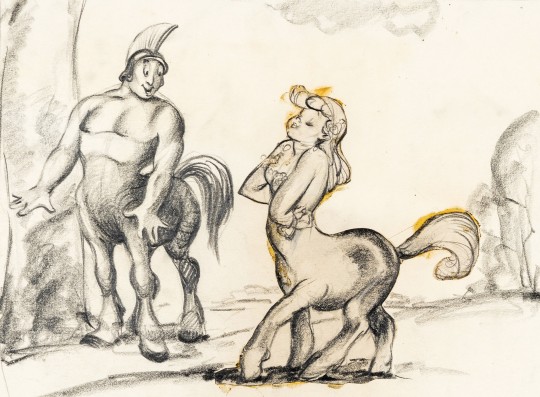
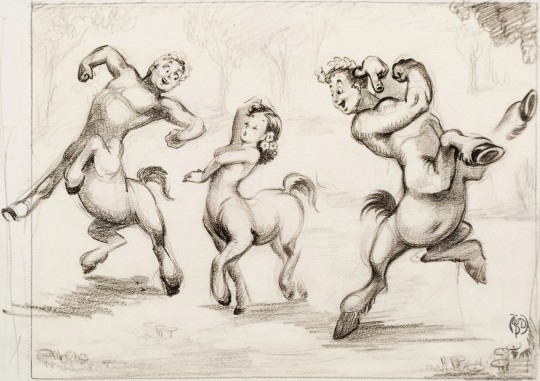
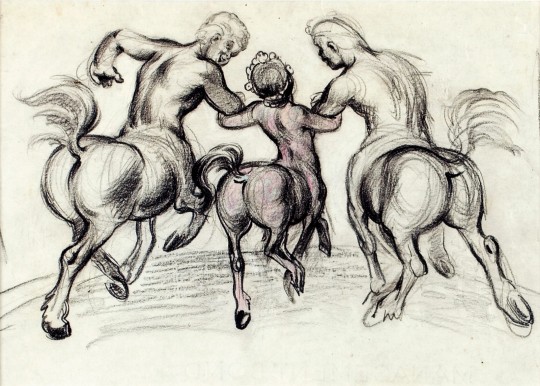
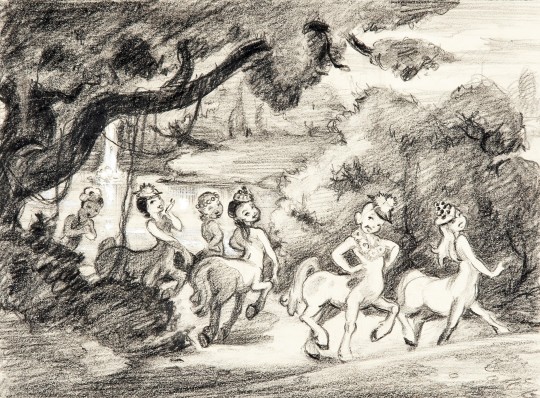
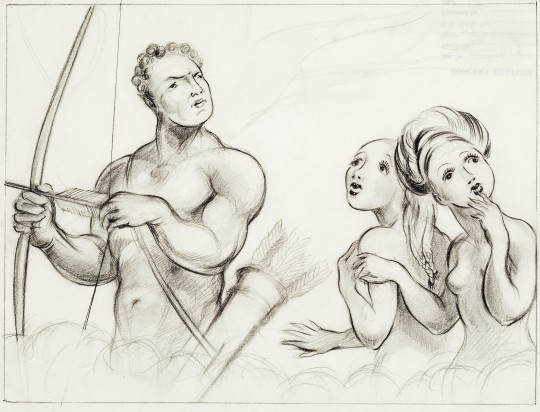
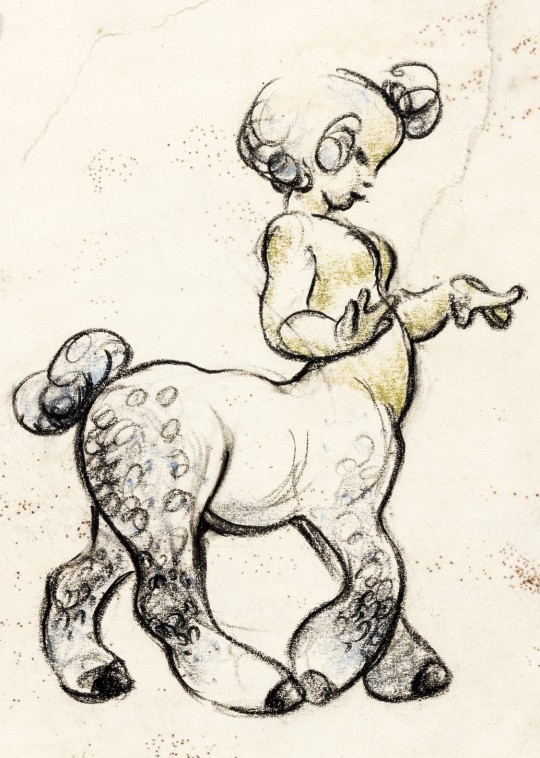
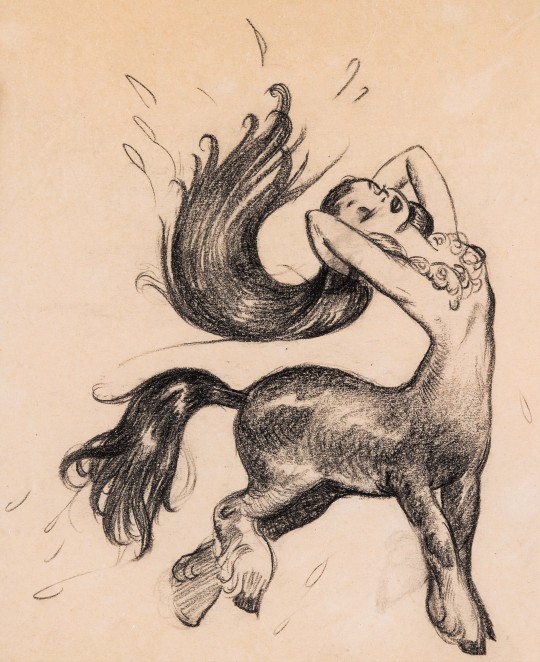
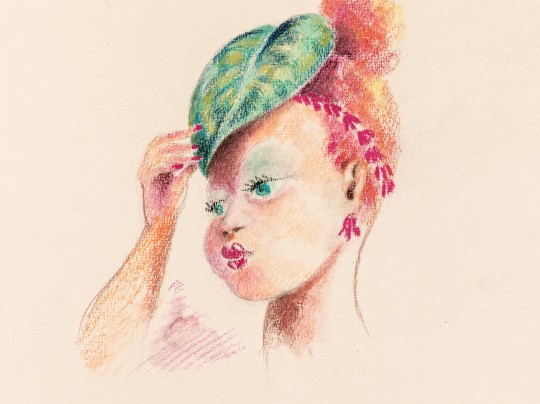

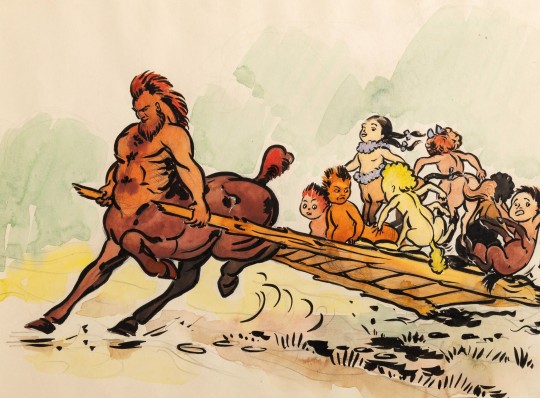
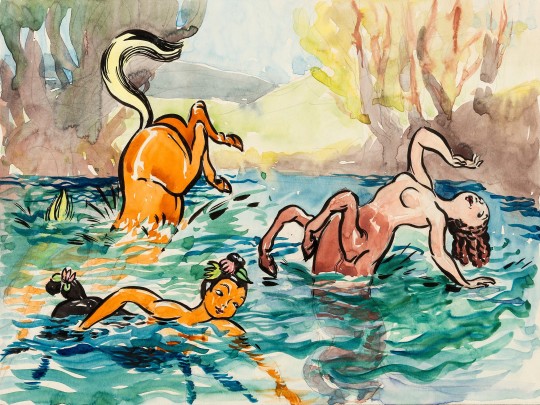

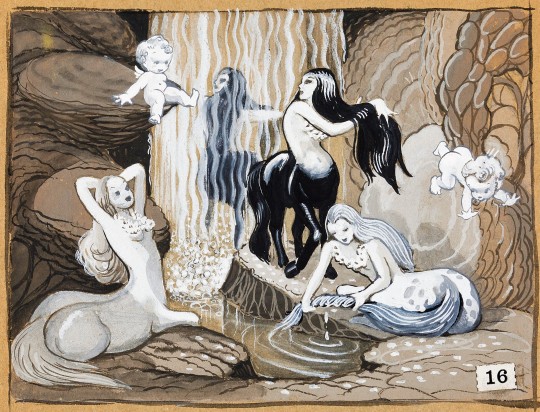
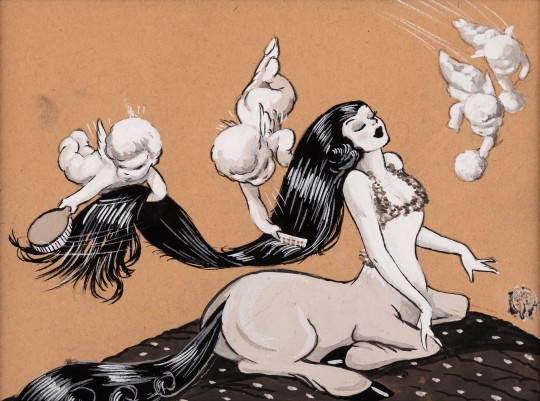

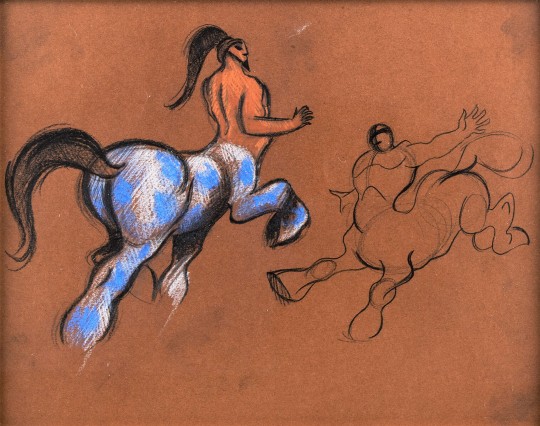
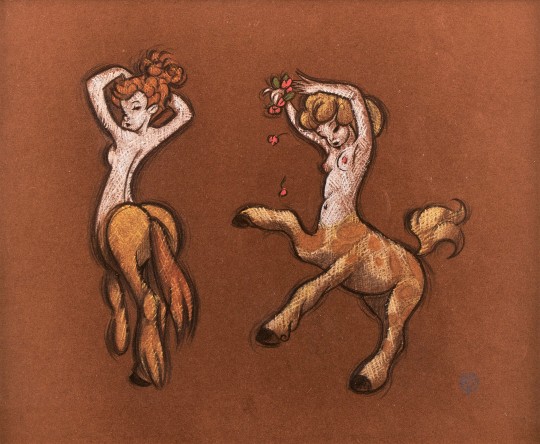
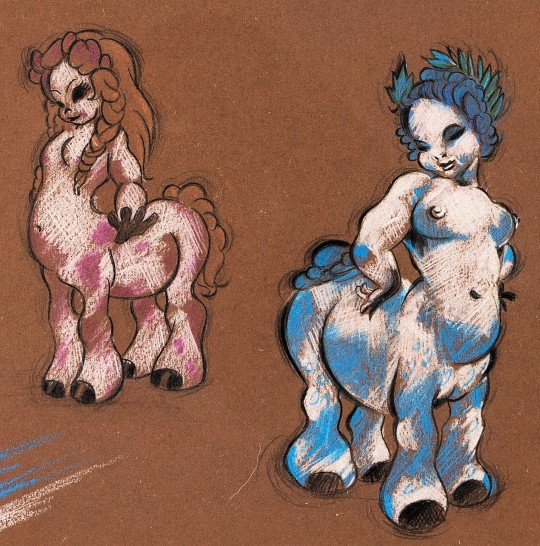


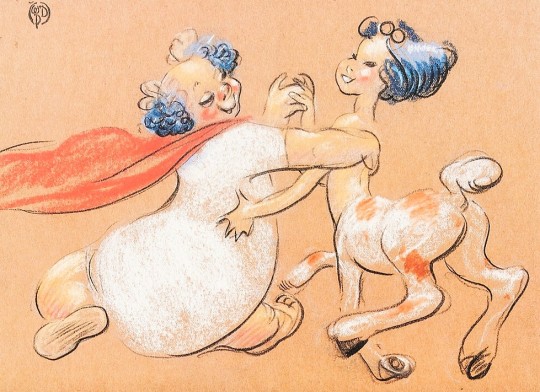
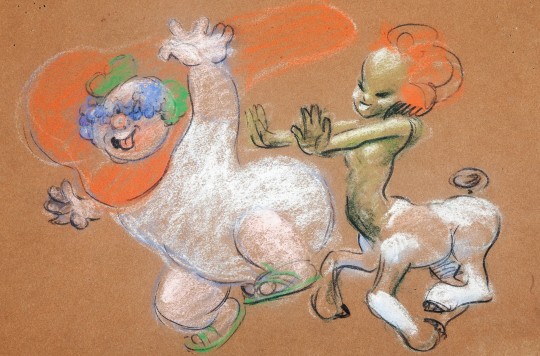
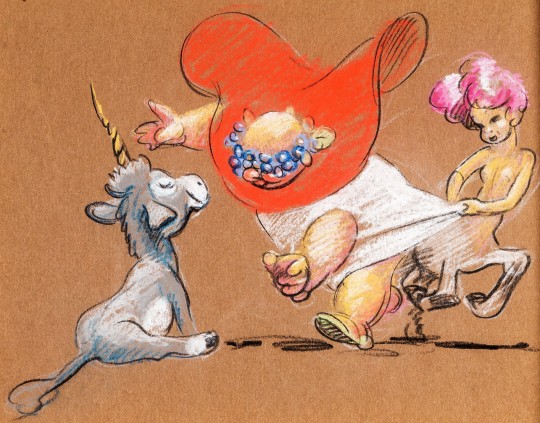
Fantasia: The Pastoral Symphony - Concept art by James Bodrero, Fred Moore and Sylvia Holland (c.1939)
#fantasia#james bodrero#fred moore#sylvia holland#disney concept art#walt disney#fantasy art#the pastoral symphony#centaurettes#centaurs#bacchus#greco-roman mythology#disney animated features#40s animation#40s movies#1939#1940#1940s
650 notes
·
View notes